Diffusion welding is a solid-state joining process in which two materials are bonded together at the atomic level by the application of heat and pressure. Unlike traditional welding, diffusion welding does not involve the melting of the base materials. Instead, the atoms of the materials to be joined diffuse across their interface, forming a strong bond without the need for a filler material or external source of energy like an arc or flame.
This technique is commonly used for joining materials with similar or dissimilar compositions, especially in industries such as aerospace, electronics, and automotive, where high-strength, high-performance welds are required. Diffusion welding can create joints with excellent mechanical properties, making it a valuable solution for applications requiring tight tolerances and minimal thermal distortion.
Diffusion Welding Process
The diffusion welding process relies on the natural movement of atoms between the surfaces of two materials when subjected to heat and pressure. Here’s a step-by-step look at how diffusion welding works:
- Surface Preparation: The materials to be welded need to have clean, smooth surfaces free of contaminants, such as oxides, dirt, or oils. This is often done through mechanical grinding or chemical cleaning to ensure the materials will bond effectively.
- Alignment and Pressure Application: The materials are placed in close contact with each other, often using a fixture or tooling to hold them in place. A specific amount of pressure is applied to the materials, but it is typically much lower than that used in conventional welding techniques. The pressure serves to bring the atoms of the materials into intimate contact, allowing diffusion to occur.
- Heating: The materials are then heated to a temperature just below their melting point (typically between 60% to 80% of the melting point). This heat activates the atomic movement at the interface between the materials, causing atoms to diffuse across the boundary and form metallic bonds.
- Holding and Cooling: After a sufficient period of time at the required temperature, the pressure and heat are removed. The materials are allowed to cool while maintaining the pressure to ensure the weld remains solid and stable. Once cooled, the bond is complete.
- Inspection: After the diffusion welding process is finished, the welded joints are typically inspected using various non-destructive testing (NDT) methods, such as ultrasonic testing, to ensure the bond is strong and free of defects.
Because the bond formed through diffusion welding is primarily due to the diffusion of atoms at the microscopic level, it results in a homogeneous joint with no seams, voids, or distortion.
Pros and Cons of Diffusion Welding
Diffusion welding offers several advantages in specific applications, but there are also some limitations to consider. Below are the primary pros and cons of this process:
Pros
- Strong, High-Quality Joints: Diffusion welding creates bonds with excellent mechanical properties, such as high tensile strength and resistance to fatigue. The lack of a molten phase during welding means there is less risk of metallurgical defects like porosity or cracks.
- Minimal Thermal Distortion: Since the process does not involve melting the base materials, there is little to no thermal distortion of the parts being joined. This makes it an ideal choice for delicate components or materials that are sensitive to heat.
- No Need for Filler Materials: Unlike traditional welding methods that require filler materials, diffusion welding bonds materials directly at the atomic level, eliminating the need for additional consumables. This reduces costs and material waste.
- Joining Dissimilar Materials: Diffusion welding is particularly useful for joining dissimilar materials, such as metals and ceramics, or metals with different compositions. This is a challenge in many other welding processes, but diffusion welding can create strong, reliable joints between these different materials.
- High Precision and Integrity: Diffusion welding can achieve precise and clean bonds with minimal surface defects, making it suitable for applications where tight tolerances and structural integrity are critical, such as in aerospace and electronics.
Cons
- Slow Process: One of the main drawbacks of diffusion welding is that it is relatively slow compared to other welding methods. The process requires long hold times at high temperatures to allow sufficient atomic diffusion, which can make it less efficient for high-volume production.
- Surface Preparation Requirement: For the diffusion welding process to be successful, the surfaces of the materials being joined must be highly clean and smooth. This can require significant preparation, which adds to the overall time and cost of the process.
- High Equipment Costs: Diffusion welding typically requires specialized equipment, such as vacuum furnaces or high-pressure presses, which can be expensive to purchase and maintain. This can make diffusion welding less accessible for small businesses or operations with limited budgets.
- Temperature Sensitivity: While diffusion welding occurs at temperatures below the melting point of the materials, the precise control of temperature is critical. Some materials can be sensitive to even small variations in temperature, which could lead to poor bond quality or material degradation.
- Limited to Certain Materials: Although diffusion welding can be used to join a wide range of materials, it is not effective for all types of metals, especially those with low diffusivity. Materials with poor atomic mobility, such as certain high-strength alloys or refractory metals, may not form good bonds through diffusion welding.
Conclusion
Diffusion welding is a highly effective, solid-state joining process that provides strong, high-quality bonds without the need for fillers or melting. With applications in aerospace, electronics, and automotive industries, it offers advantages like minimal thermal distortion, the ability to join dissimilar materials, and the creation of high-integrity joints. However, its slower pace, equipment costs, and the need for precise surface preparation make it less suitable for certain applications, especially where high-speed production is required. As technology advances, diffusion welding may continue to find new applications, offering unique solutions to challenges faced by manufacturers looking for high-strength, reliable, and precise bonding methods.

